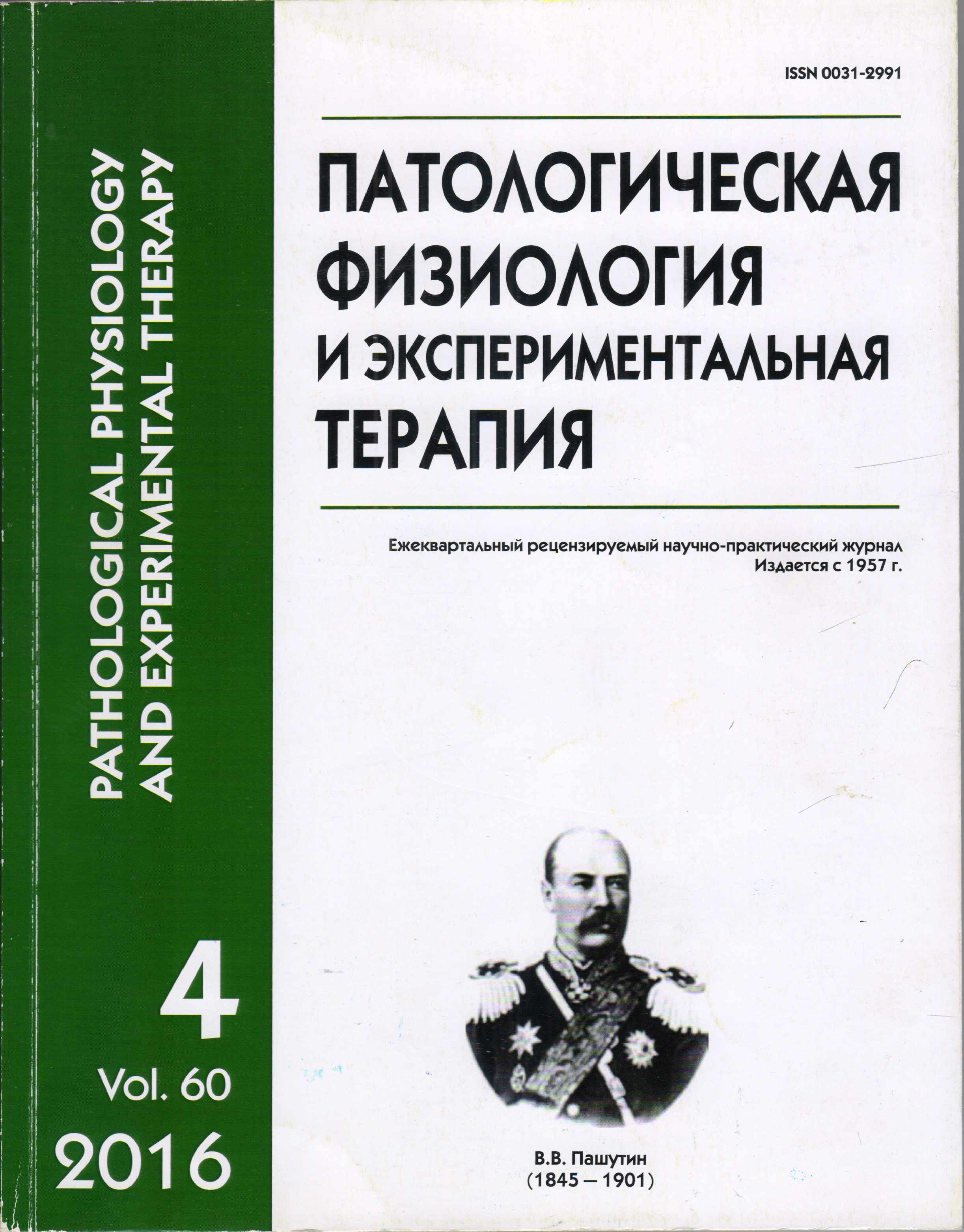Vaccine manufacturing and technology: from biotechnological platforms to syntethic epitopes, current viepoint
Abstract
The Purposes: the review take into account short history of vaccination practice and development of vaccine technology. Methods. In the review we include data from several monographs about manufacturing of vaccines published by authors from such companies as Merck & Co; Sanofi Pasteur; Dynavax Europe/Rhein Biotech GmbH; Latham Biopharm Group; Aridis Pharmaceuticals LLC; Genentech; Amgen; Shamir Biologics LLC; Biopharm Services US; Novartis Pharma AG, аnd several research centers: Laboratory of Bacterial Polysaccharides, Center for Biologics Evaluation and Research; Purdue University, West Lafayette, IN, US; Department of Pharmaceutical Chemistry, Univ. Of Kansas; Max Planck Institute for dynamics of Complex Technical Systems; Fraunhofer USA Center for Molecular Biotechnology; US Dep. of Agriculture Animal and Plant Health Inspection Service, etc. Results. In historic literature there are data about inoculation practices in antique China, Persia, India, Byzantium, native Americans, some African population. In modern immunology since the end of XIX century the vaccines were produced at the in vivo platforms – in animals (rabbits, mice, cows). Since 1931 due to E. Goodpasture’ elaboration most virus vaccines were and are produced at the in ovo platform. In 1949 J.F. Enders elaborated large-scale polio virus production in the primary culture of monkey kidney cells in vitro. Up to day primary culture of chiken embrio fibroblasts are used to large-scale production of vaccine viruses of measles, mumps, rabies. Since 2000-th in Western countries most part of virus vaccines were began to produced via a cultivation in continuous tumor cell lines. The last technology is the most low cost for large-scale production of vaccines. We review several new biotechnological platforms for the production of the recombinant protein or virus-like particles as subunit vaccines: plant system, algae, mushrooms, insect cells, etc. Conclusion. Beside of good purpose of vaccination – prophylactic of several infectious deseases, doctors must take into account possibility of inter-species transmission of unknown pathogens (retroviruses, prions, etc) from biotechnological platforms – animals, cell cultures – into human population, and don’t ignore L.A. Zilber’ theory of virus’ etiology of cancer diseases.






